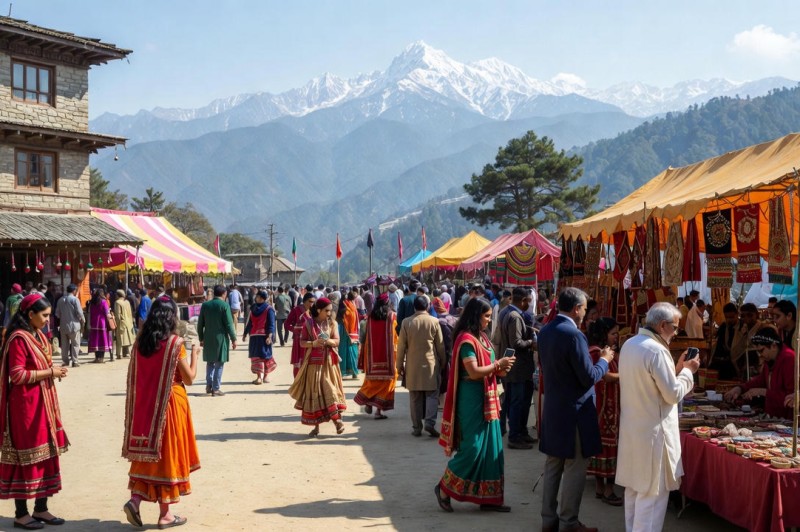

Raksha Sutra, commonly known as Mauli, is a sacred thread adorned during Hindu rituals symbolizing protection and auspiciousness. Tied on the wrist, it serves as a shield against negative forces and invokes divine blessings. The ritual of tying the Raksha Sutra is prevalent during festivals, particularly Raksha Bandhan. The thread, often vibrant red or yellow, represents purity and commitment. It is believed to guard against evil influences and strengthen the bond of protection. The act of tying the Mauli holds cultural significance, fostering unity, love, and a sense of divine safeguarding in the wearer's life.
There is a mention in the mythology according to which Lord Vishnu's Vamanavatar had also tied the Rakshasutra of King Bali and only after that he had ordered him to go to the underworld. Even today, while tying Rakshasutra, a mantra is chanted in which this incident is mentioned.
Mantra: This Sanskrit verse is a traditional mantra recited during the tying of Raksha Sutra Mauli, a sacred thread worn for protection.
Yen Baddho Bali Raja Danavendro Mahabalah |
Ten Twam Abhibadhnami Rakshe Maa Chala Maa Chala ||
Translation:
"I bind you with the same Raksha Sutra with which the great powerful Danavendra King Bali was tied, which will protect you, O Raksha, you remain steadfast, remain steadfast."
According to the scholars, its meaning is that while tying the Raksha Sutra, the Brahmin or the priest tells his host that the same Raksha Sutra with which Bali, the mighty king of demons was tied in the bondage of religion i.e. was used in religion, I tie you with the same Raksha Sutra. I am, that is, I am committed to religion. After this the priest says to the Raksha Sutra that O Raksha, you remain steady, remain steady. Thus, the purpose of Raksha Sutra is to inspire and use the Brahmins to worship their hosts for religion.
The Mauli is typically made of red or yellow threads, symbolizing strength and purity. It is tied on the wrist by priests or elders, accompanied by chanting of mantras for divine blessings. Some tie it on specific fingers or the upper arm based on personal or regional customs.
Rules:
In essence, the Raksha Sutra Mauli transcends its physical form, becoming a symbol of faith, protection, and the timeless ties that bind individuals in love and spirituality.